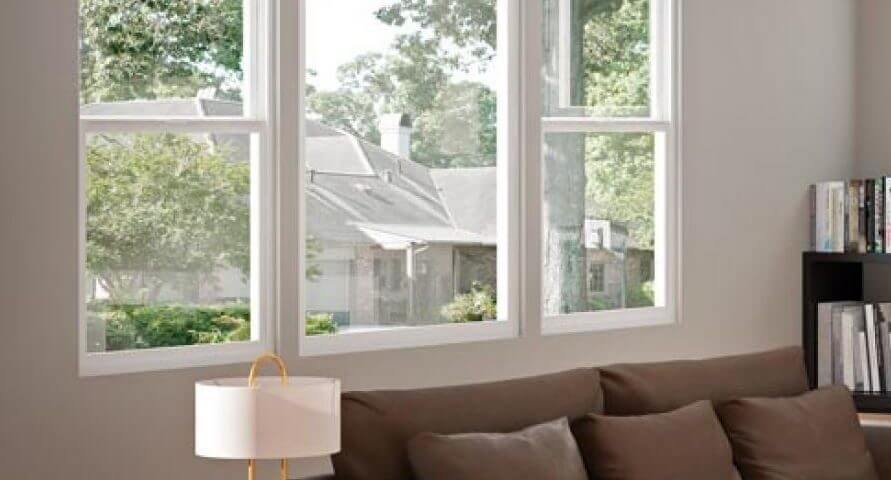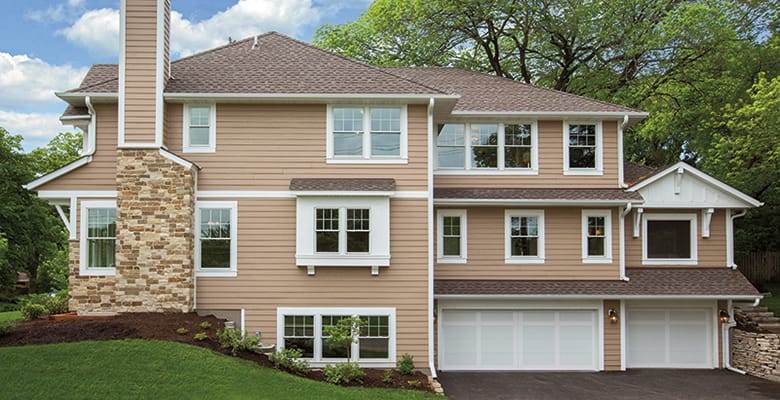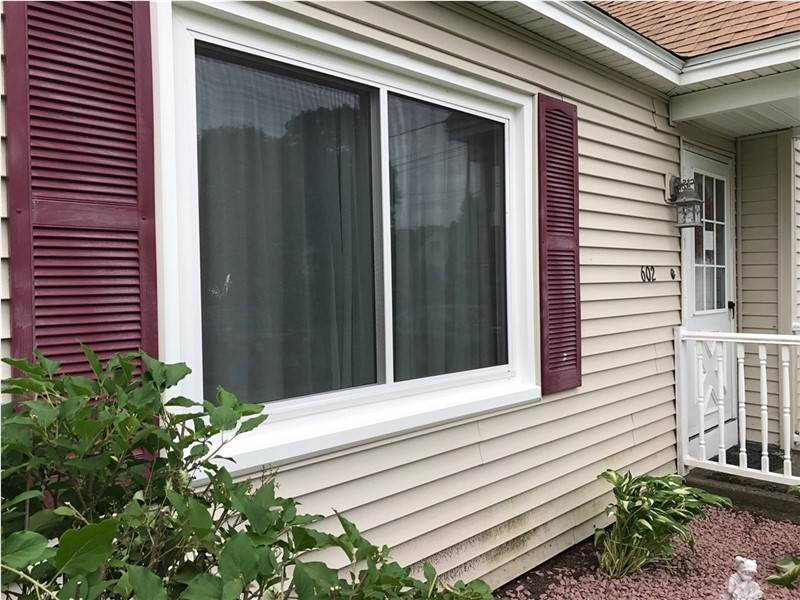Deciding whether to replace all your windows at once can be a daunting task, filled with endless considerations and conflicting advice. With our new product, “Should I Replace All Windows At Once?”, you’ll have all the information you need to make an informed decision. Packed with expert insights and practical tips, this comprehensive guide will help you navigate the complex world of window replacement, ensuring that you make the best choice for your home and budget. Don’t let confusion and uncertainty cloud your judgment – let “Should I Replace All Windows At Once?” be your trusted companion in this important decision-making process.
Factors to Consider
Cost
When it comes to window replacement, cost is often one of the first factors we consider. Replacing all windows at once can be a significant investment, as it requires purchasing and installing multiple windows simultaneously. However, it is important to weigh this cost against the potential long-term benefits.
Energy Efficiency
Another important factor to consider when deciding whether to replace all windows at once is energy efficiency. Older windows tend to be less energy-efficient, allowing drafts and heat transfer that can significantly impact our energy bills. By replacing all windows at once, we can ensure consistent energy efficiency throughout our home, leading to potential savings on heating and cooling costs over time.
Aesthetic Consistency
Aesthetic consistency is also an essential consideration. If we replace windows one by one, we run the risk of having mismatched windows that may not complement the overall appearance of our home. By replacing all windows simultaneously, we can ensure a cohesive and unified look, enhancing the curb appeal and value of our property.
Convenience
Considering convenience is crucial in any home improvement project. Replacing windows can be disruptive, and having contractors in and out of our home can be inconvenient. However, replacing all windows at once can minimize the disruption by condensing the timeline of the project. This means we will only experience the inconvenience of the installation process once, rather than multiple times if we choose to replace windows individually.

This image is property of pelicanreplacementwindows.com.
Window Replacement Process
Assessment of Existing Windows
Before making any decisions regarding window replacement, it is essential to assess the condition of our existing windows. This assessment should include a thorough examination of the frames, glass, seals, and overall functionality. Understanding the current state of our windows will help us determine whether it is time for a complete replacement or if partial replacement would suffice.
Deciding on Window Types
Once we have assessed our existing windows and determined that replacement is necessary, the next step is to decide on the types of windows to install. Factors to consider include the architectural style of our home, our preferences for materials (such as vinyl, wood, or aluminum), and the desired functionality of the windows (such as casement, double-hung, or sliding).
Choosing a Window Replacement Company
Selecting a reputable and experienced window replacement company is crucial to ensure a successful and satisfactory project. It is essential to research and compare different companies, considering factors such as their expertise, customer reviews, warranties offered, and pricing. By carefully choosing a window replacement company, we can have confidence in the quality of their work and the durability of the windows they install.

This image is property of s3media.angieslist.com.
Advantages of Replacing All Windows at Once
Reduced Cost
One of the significant advantages of replacing all windows at once is the potential for reduced cost. By purchasing windows in bulk, we may be able to negotiate a better price with the manufacturer or supplier. Additionally, bundling the installation into a single project can be more cost-effective than multiple smaller projects, as it eliminates duplicate start-up costs and minimizes labor expenses.
Consistent Energy Efficiency
As mentioned earlier, consistent energy efficiency is a significant benefit of replacing all windows at once. By installing new, energy-efficient windows throughout our home simultaneously, we can ensure that each room experiences the same level of insulation and reduced heat transfer. This consistency can help maintain a comfortable indoor environment while maximizing energy savings.
Enhanced Aesthetics
Replacing all windows at once allows us to achieve enhanced aesthetics for our home. By selecting the same window style, materials, and finishes for all windows, we can create a harmonious and visually appealing look, both from the inside and outside. This consistency in design can significantly enhance the overall curb appeal and value of our home.
Streamlined Installation Process
Opting to replace all windows at once streamlines the installation process. Instead of scheduling multiple installation appointments, we only need to coordinate a single timeline with the window replacement company. This consolidated approach saves time and minimizes the disruption caused by having contractors in our home. Additionally, the installation team can complete the project more efficiently when working on multiple windows simultaneously.

This image is property of www.pellabranch.com.
Disadvantages of Replacing All Windows at Once
Higher Upfront Cost
While there are advantages to replacing all windows simultaneously, it is essential to consider the higher upfront cost. Purchasing and installing multiple windows at once can be a significant investment, and it may require careful budgeting. However, it is important to weigh this against the potential long-term benefits and energy savings that can offset the initial cost.
Inconvenience
The inconvenience of a window replacement project is another factor to consider. Replacing windows can be disruptive, as it requires temporary removal of existing windows, potential adjustments to window openings, and the installation of new windows. This process can introduce dust, noise, and limited access to certain areas of our home. However, choosing to replace windows individually may prolong the inconveniences and scheduling conflicts associated with the project.
Potential Hidden Issues
When replacing all windows at once, there is a possibility of discovering hidden issues that may require additional repairs or modifications. As the project progresses, unforeseen problems, such as water damage, deteriorating frames, or structural issues, may be uncovered. While these issues can be addressed during the window replacement process, they may potentially increase the overall cost and time required for the project.

This image is property of s3media.angieslist.com.
Considerations for Partial Window Replacement
Budget Constraints
If the cost of replacing all windows at once is prohibitive, opting for a partial window replacement may be a more viable option. By strategically selecting the most critical windows that require immediate attention, we can address our budget constraints while still improving the energy efficiency and aesthetics of our home. It is essential to consult with a professional to determine which windows should take priority in the replacement process.
Immediate Need for Certain Windows
Sometimes, certain windows in our home may be in urgent need of replacement due to severe damage, decay, or safety concerns. In such cases, focusing on replacing those specific windows may be more practical than replacing all windows at once. By addressing the immediate need, we can ensure the safety and functionality of those windows while allowing for the replacement of the remaining windows at a later time.
Different Window Types Desired
Another consideration for partial window replacement is if we desire different window types for various areas of our home. For example, we may want to install large picture windows in living areas to maximize natural light, while opting for more functional windows, such as casement or double-hung, in bedrooms and bathrooms. In this case, replacing windows individually allows us to customize the window type for each specific room.

Conclusion
When deciding whether to replace all windows at once or opt for partial replacement, it is crucial to consider factors such as cost, energy efficiency, aesthetics, and convenience. While replacing all windows at once offers benefits such as reduced cost, consistent energy efficiency, enhanced aesthetics, and a streamlined installation process, it may also come with disadvantages such as a higher upfront cost, inconvenience, and potential hidden issues. Partial window replacement may be a more suitable option for those with budget constraints, immediate need for certain windows, or different window types desired for different areas of the home. Ultimately, the decision should be based on individual circumstances, priorities, and long-term goals for our home.
